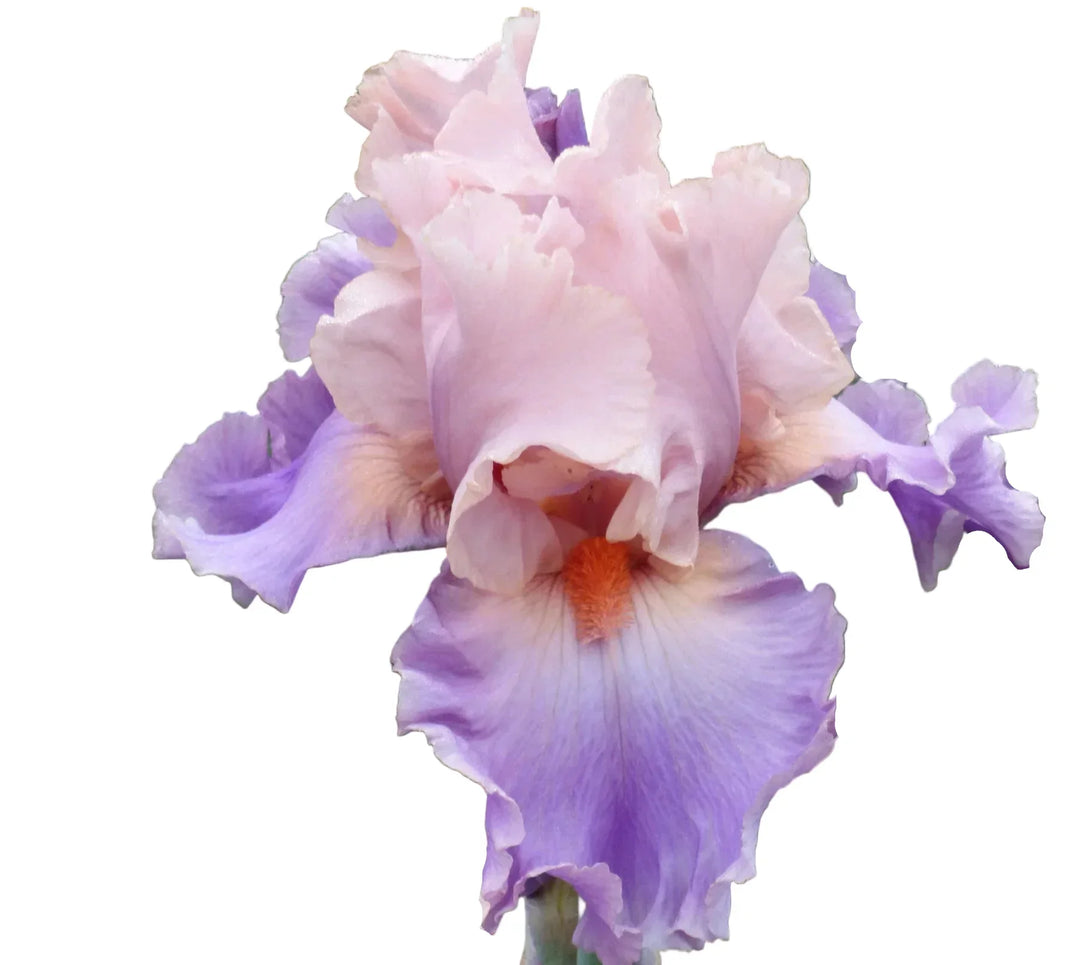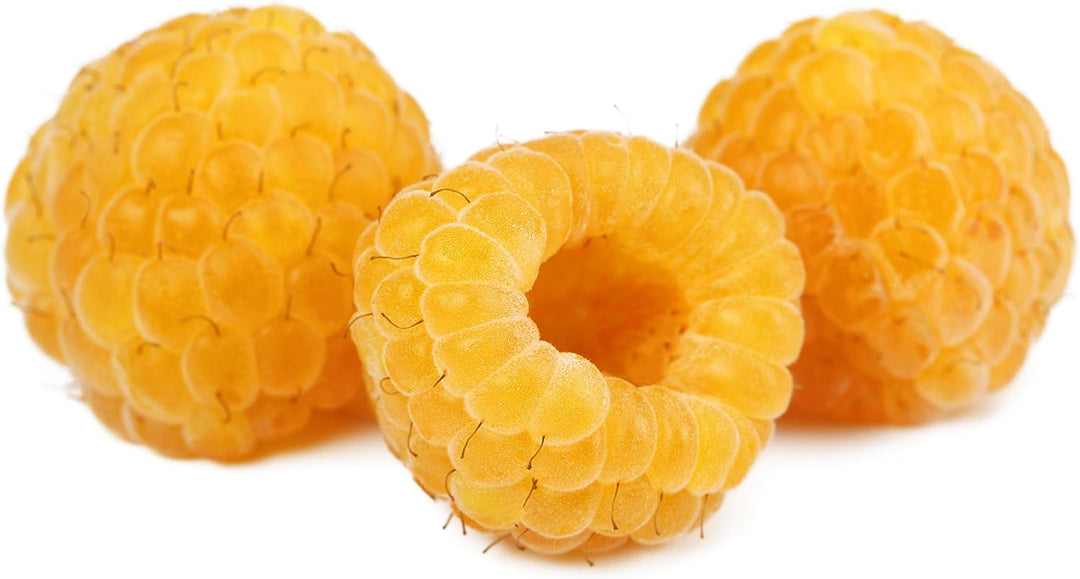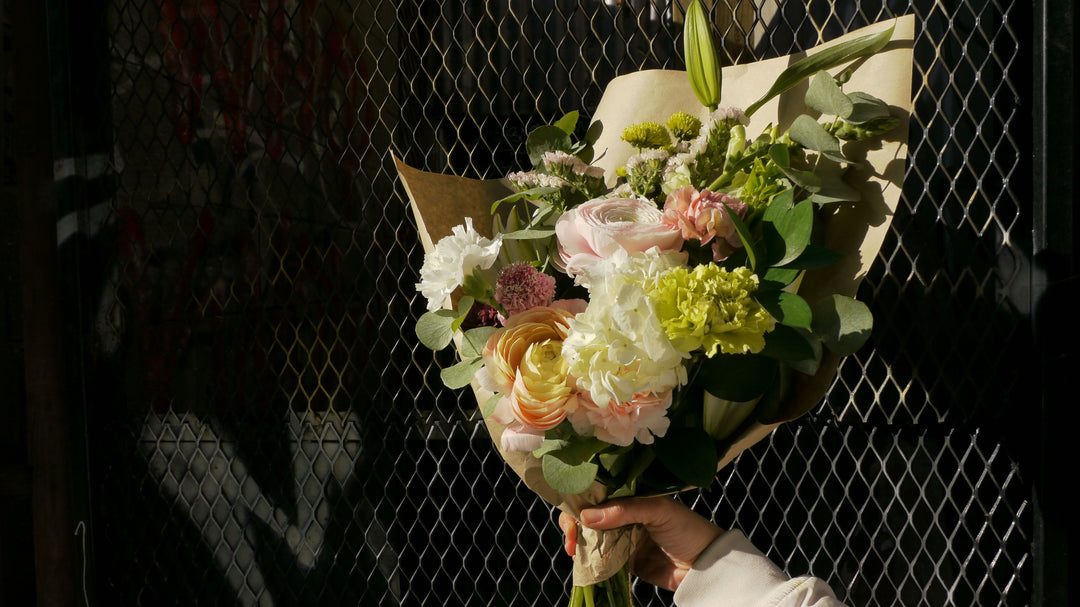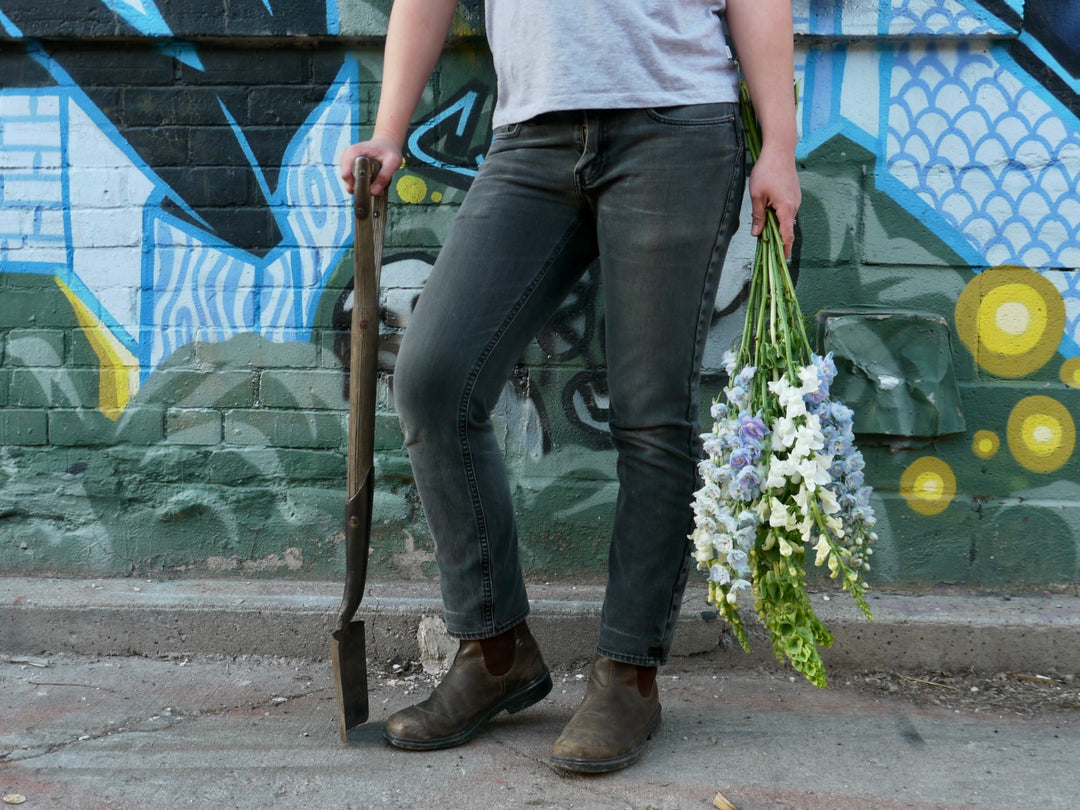How to Plant Bearded Iris

Bearded Irises are a classic garden beauty — bold, architectural, and full of personality. They thrive in sun, reward patience, and bring a sculptural quality to the garden that few other perennials can match. Here’s how to give them the best start in your Toronto (or similar zone) garden.
Sunlight and Site
Irises love the sun. They’ll bloom best with at least six hours of direct light a day. In very hot climates, a bit of afternoon shade can be helpful, but around here, full sun is your friend. Without enough of it, your plants may “go blind,” growing healthy leaves but no blooms.
Preparing the Soil
Bearded Irises prefer well-drained soil — soggy roots are their downfall. If your garden tends toward heavy clay, consider planting on a slight slope or raised bed. Mix in coarse sand or organic matter to loosen the soil and help water move through.
When and How to Plant
Mid- to late summer is prime time for planting bearded iris — July through September here in Ontario. The goal is to let those roots establish well before winter. Aim to plant at least six weeks before your first hard frost date.
To plant, start by forming a shallow mound of soil. Set the rhizome on top so that its top is just visible above the soil surface, spreading the roots gently down the sides of the mound. Firm the soil around it and water well to settle everything in.
A common mistake: planting too deep!
Spacing and Aftercare
Space your Irises about 12 to 24 inches apart. Closer spacing gives an instant garden impact, but they’ll need thinning sooner. Wider spacing allows them to breathe, grow, and bloom beautifully with less maintenance.
Once established, irises only need deep watering during long dry spells. The key is balance — they like moisture but hate soggy feet. Make sure the soil drains well so the rhizomes never sit in standing water.
For reblooming varieties, fertilize after the first bloom, and water consistently, especially through the summer. Promptly deadhead spent flower stalks to promote reblooming in the fall.
Pruning + Cleanup
As the flowers fade, snip off the spent blooms. Leave the foliage through the season — those green leaves are busy feeding next year’s blooms. In fall, once the leaves yellow, you can cut them back.








